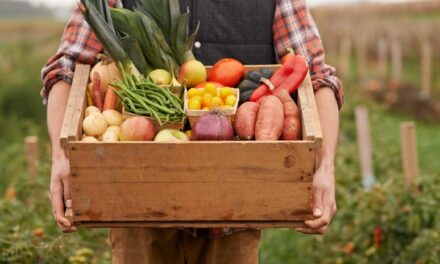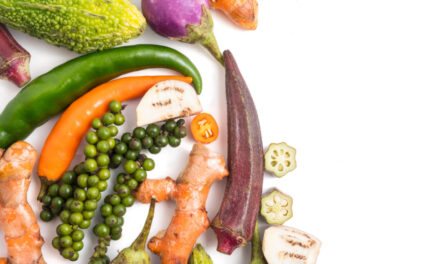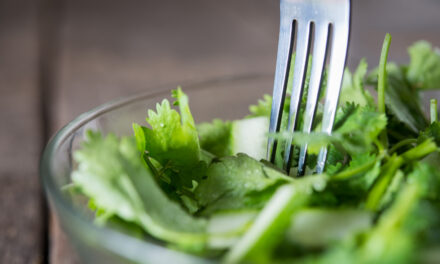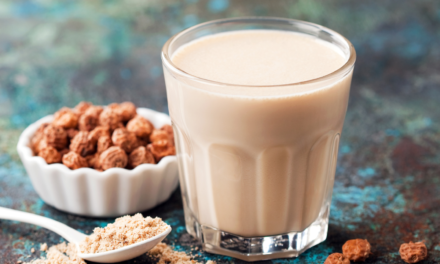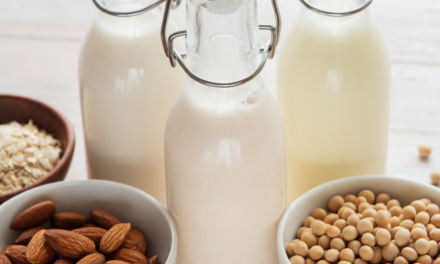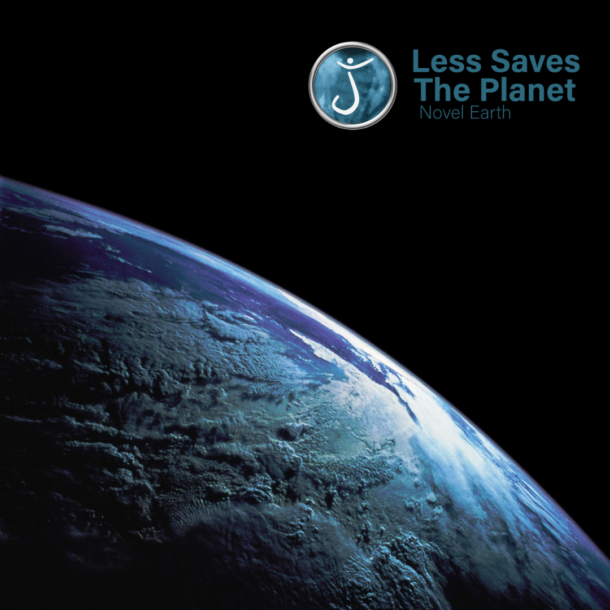
How to choose ham?
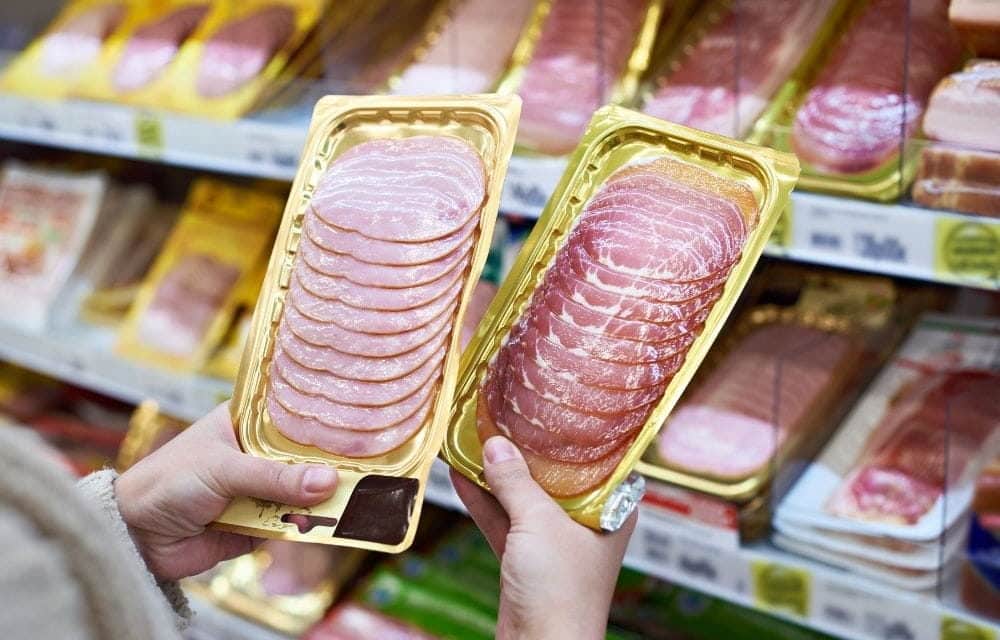
In between two slices of buttered bread, sided to a nice purée or on a board of cold meats. Around 5 kg of ham are consumed per year and per inhabitant. Both economical and practical, ham is one of the key products in our fridge.
Do you really know how to read every little detail on the packaging sold in your closest supermarket? Less Saves The Planet is here to help select ham regarding health and animal well-being.
Steamed, Parisian, Prime, what kind of ham are you eating?
These various names only inform the consumer about the way the ham has been prepared. They are merely recipes and do not in any way provide information on the impact on human health and the conditions under which the animals were reared. The adjective “Parisian”, for example, do not indicate a location. It simply means that the slices have a square shape!
The others like « prime » refer to standards. They certify that fewer additives have been used and that there is a higher norm of preparation.
Are labels, worth it?
Grocery shopping, you will encounter these labels:
Porc français: It guarantees that you are eating pork from animals born, raised, slaughtered and processed in France. However, the words “made in France” only indicate that the product has been finished in France and the animal comes from abroad.
Label Rouge: This certification is awarded by the State through the French organization, Institut National de L’Origine et de la Qualité (INAO). For pork ham, it refers only to good taste. This should not be confused with the Label Rouge for poultry, which attests to excellent rearing conditions.
Fermier liberté or Fermier plein air: These give the right to inform the consumer about the best conditions for rearing pigs. They are the opposite of industrial system. Here pigs are reared in the open air for their greater well-being. The absence of a label will automatically imply that the pigs are reared and closed under an industrial system.
Why is it wise to choose ham with less salt?
According to WHO, “adults should consume less than 2,000 mg of sodium, or 5 grams of salt, and at least 3,510 mg of potassium per day. A person with either elevated sodium levels and low potassium levels could be at risk of raised blood pressure which increases the risk of heart disease and stroke.” [1]
You have probably already seen the words “-25% salt” on packaging. Salt is one of the most important ingredients in the preparation of cold cuts. Usually, this indication comes with a small asterisk which means that the ham has a salt content (per 100g) that is a quarter lower than the average content of its range. To be sure of the number of grams you will consume, please refer to its nutritional values.
Select nitrite-free and antibiotic-free ham
To prevent the development of bacteria, to give a pink colour and to keep it longer, most manufacturers add nitrite to their preparations. This additive is suspected of causing cancer and it is recommended to reduce its use. If nothing is indicated, look for the mention E250 or sodium nitrite in the list of ingredients.
“Antibiotics are not automatic anymore!” The French campaign cannot be truer. The more antibiotics are consumed, the worse germs develop their defense mechanism and become resistant. Some manufacturers note the absence of antibiotics as soon as the pigs are weaned. However, piglets are injected with antibiotics before they are weaned. So, this statement is of no interest to us as consumers.
Prefer organic rearing
Turning to organic production means supporting environmentally friendly practices. In our case, you will be promoting better conditions where fewer pigs are allowed to roam freely outside.
To be certified organic by the AB label, a food product must have a minimum of 95% certified organic agricultural ingredients in its composition. This label also ensures that the farming conditions are respectful of people, animals and the planet.
To choose your ham, don’t hesitate to look at the Nutri-score at the bottom of the box. This labelling system assigns a value (A to E) and a colour (green to red) to a food product according to its nutritional value. Finally, don’t forget the list of ingredients and check for the presence of additives.
Chapter 2 of Less Saves The Planet tells us that animal welfare is essential to ensure the humanity of the company that produces it and the quality of its meat as stress and mistreatment have a direct impact on the PH, and therefore on its consistency and taste.
[1] Sodium intake for adults and children, World Health Organization, 2012.





